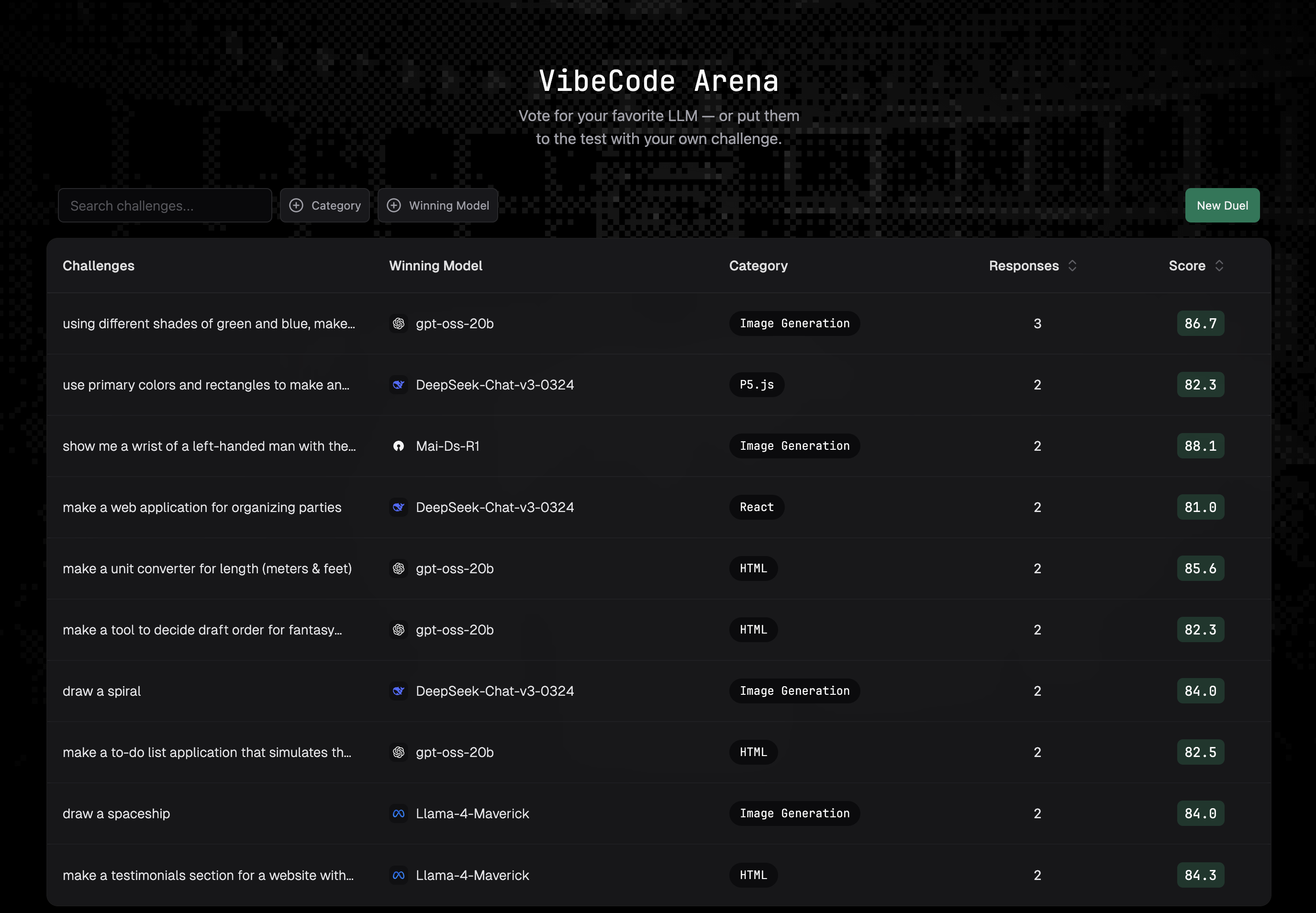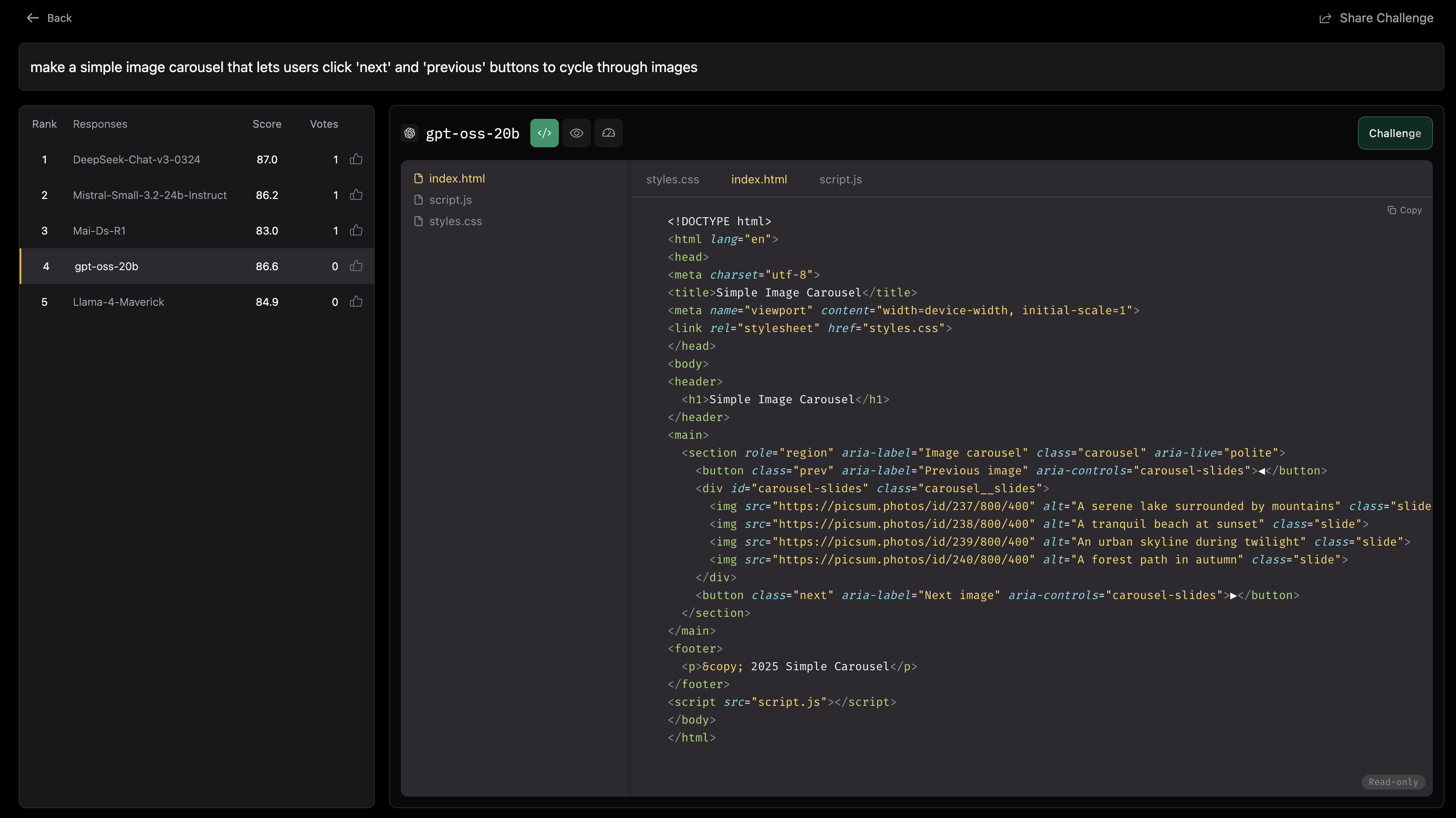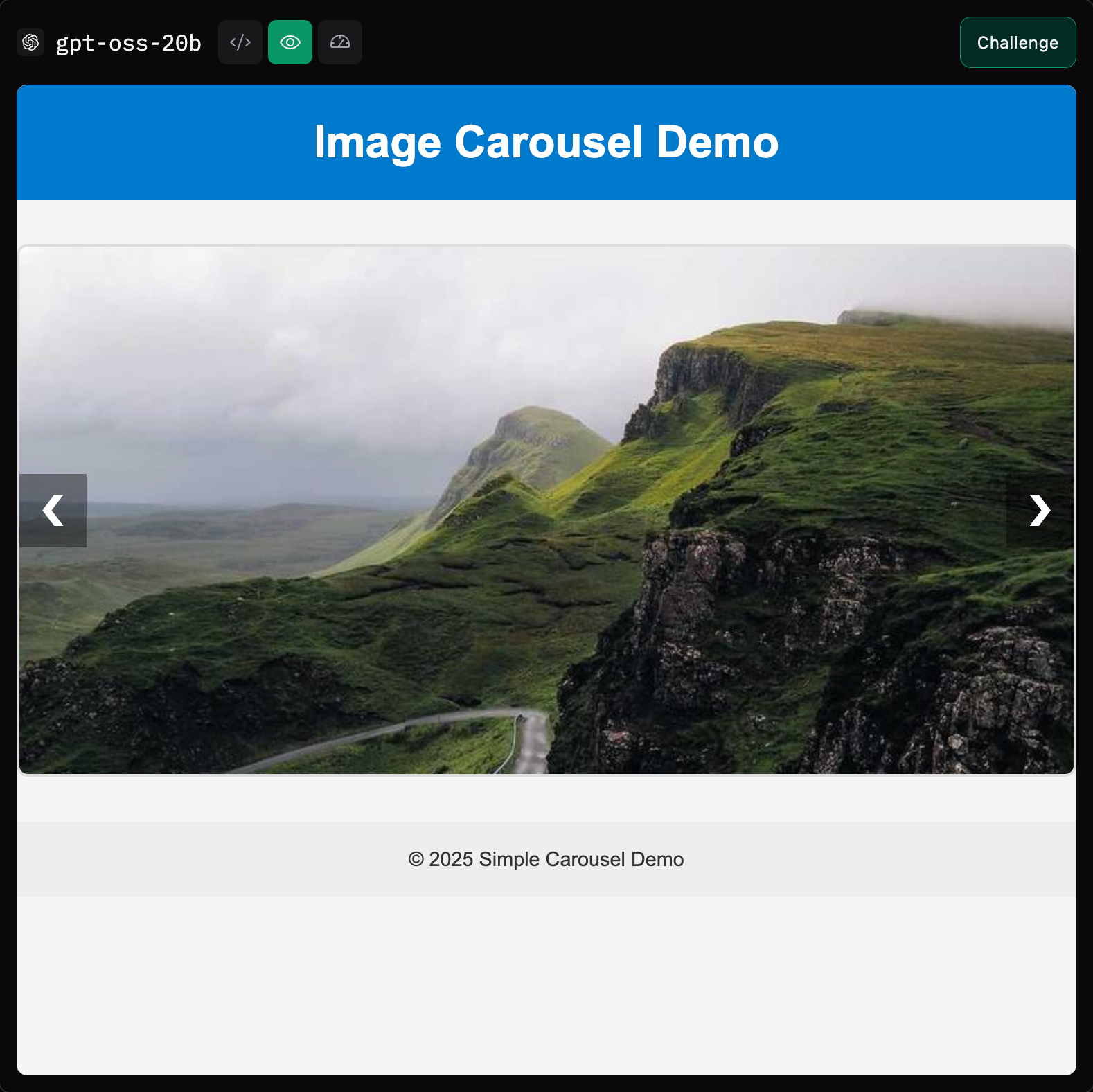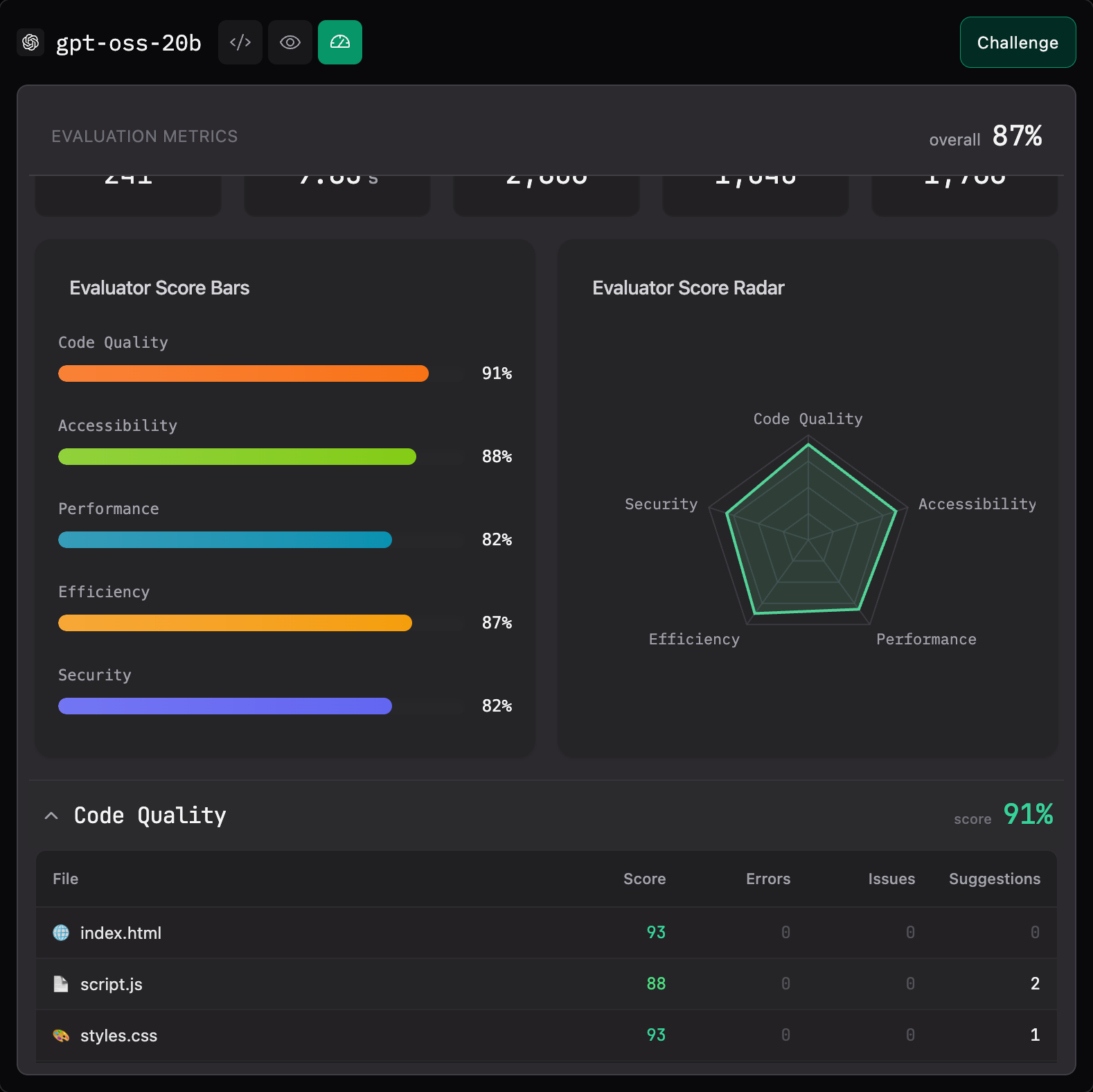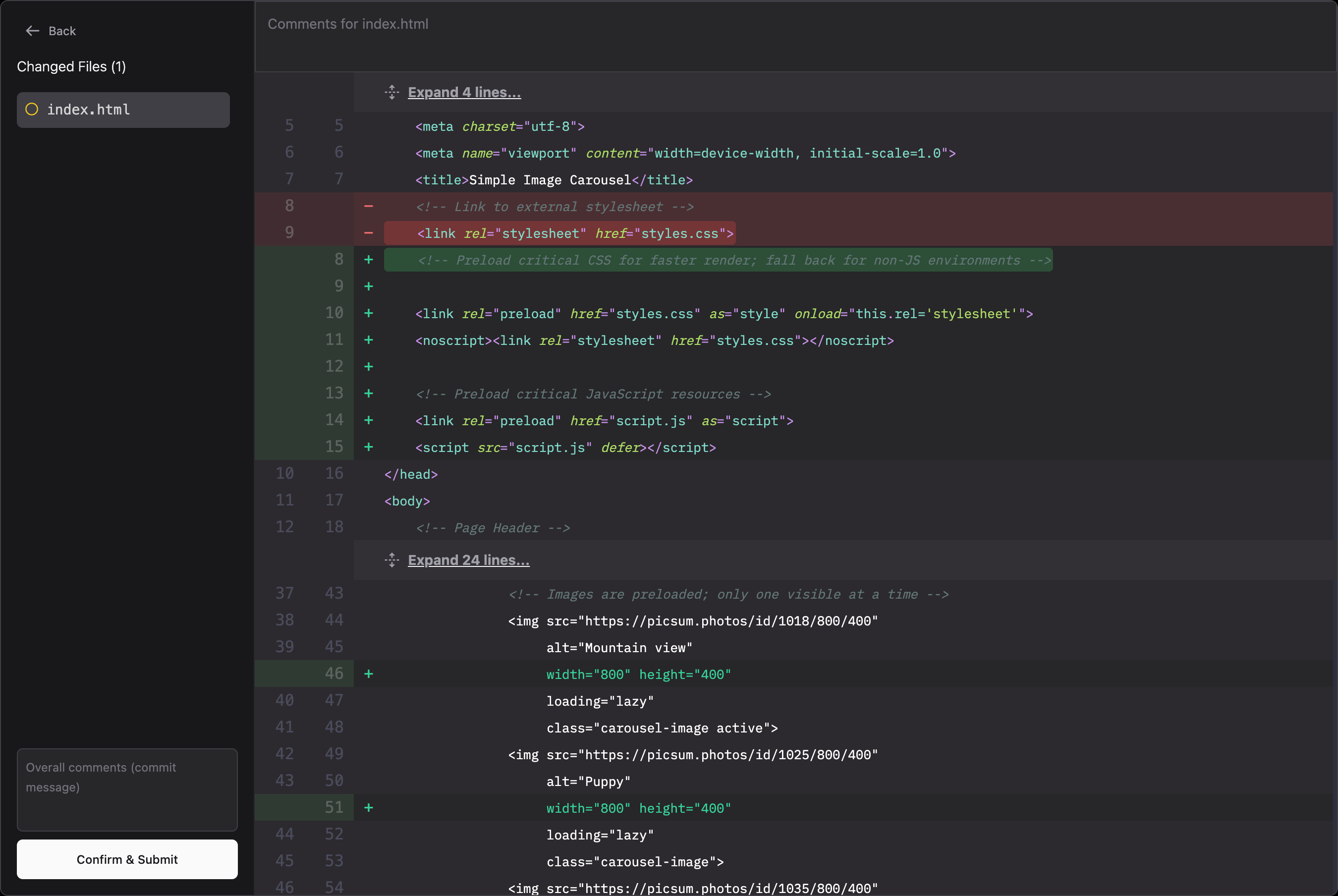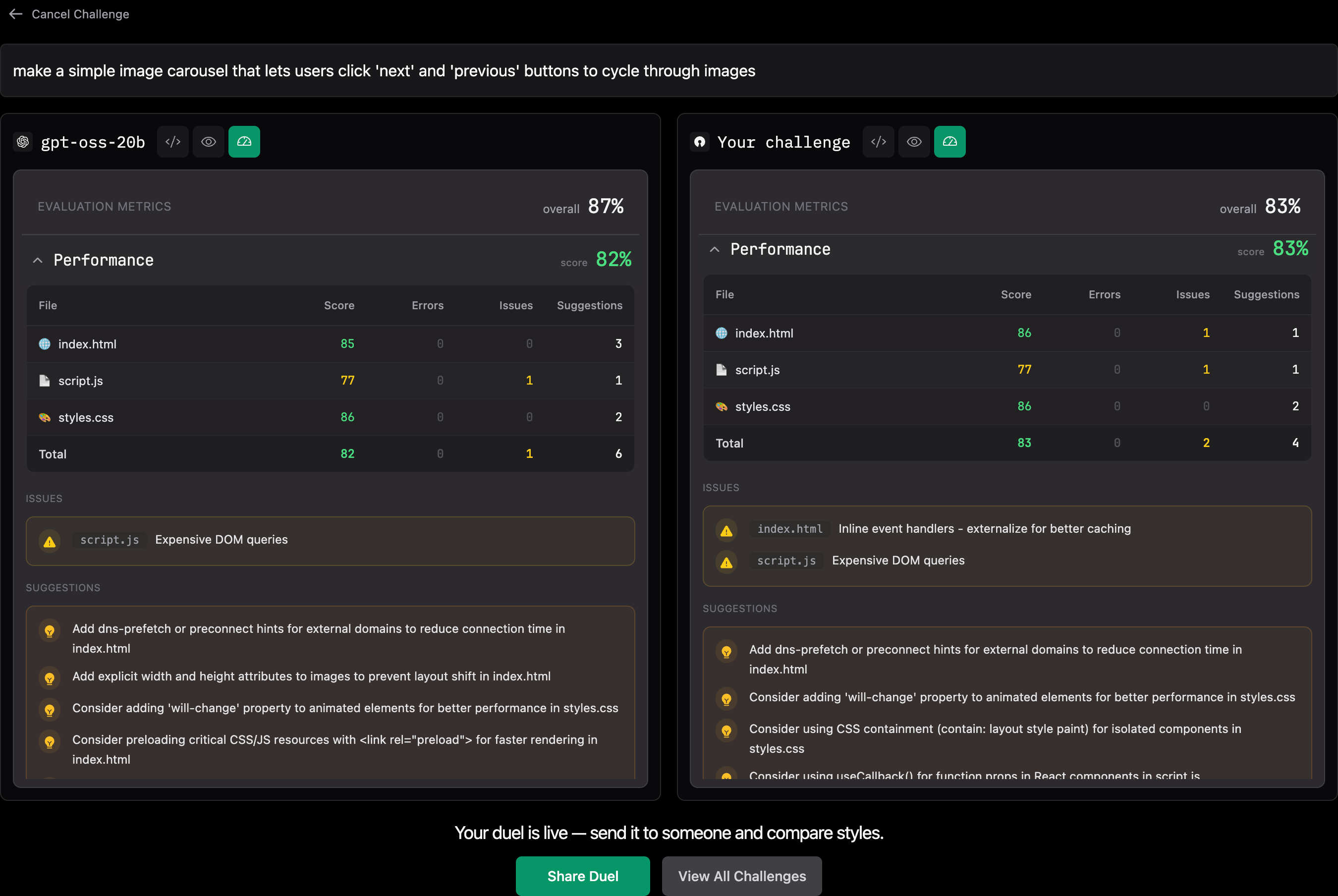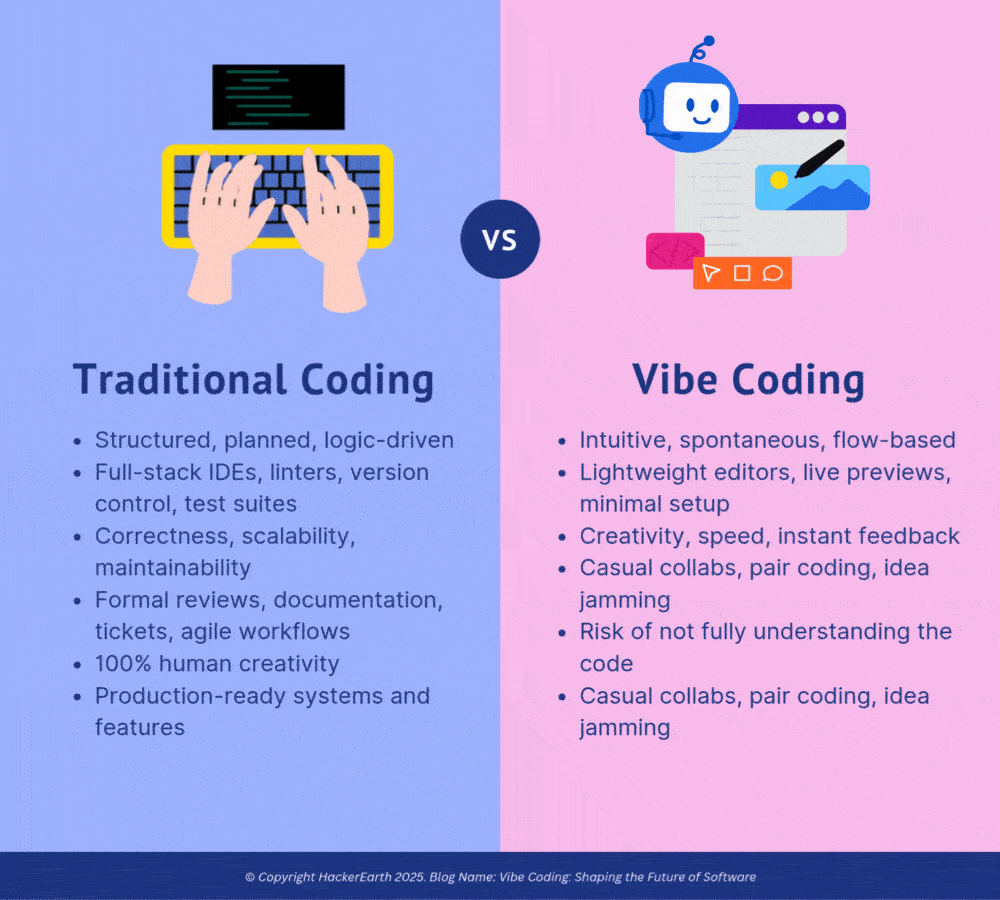The right recruitment approach is more valuable than ever in the current employment landscape. Talent mapping is one of the most useful tools for monitoring the market and your competition. This strategic process enables an organization to find, evaluate, and develop its human capital long before a crisis hits, allowing it to respond proactively to talent shortages instead of scrambling for talent reactively.
This blog post will take a closer look at what talent mapping is, the advantages of the approach, and how you can develop a talent mapping strategy for your company.
What Is Talent Mapping?
Talent mapping can be defined as searching and evaluating potential candidates for existing and potential vacancies inside and outside the organization. Talent mapping differs from common recruitment, which aims at the current open positions, while it supports organizations in being aware of the talent requirements.
This process is very important to any organization keen on developing a strong talent pool, enhancing succession planning, and ensuring it is a step ahead of competitors in its industry.
Why Is Talent Mapping Important?
1. Strategic Workforce Planning
Talent mapping helps organizations avoid being unprepared for vacancies or expansion possibilities. This means that by linking talent acquisition with business strategy, the firms can be in a position to achieve better hires.
2. Build a Talent Pipeline
A correctly executed talent mapping approach helps to supplement a talent pipeline for a company directly so there is always a stream of suitable candidates for key positions.
3. Improves Succession Planning
In that respect, talent mapping helps to manage the change in leadership or key positions more effectively because it takes into account promising candidates within the company.
4. Reduces Time-to-Hire
With a pool of qualified candidates, recruiting people to fill the open positions will be easier since you will only be returning to the resume database.
5. Diversity and Inclusion
Therefore, talent mapping enables organizations to search for diverse fleets, moving to promote the workforce.
How Does Talent Mapping Work?
Talent mapping involves several stages through which organizational needs are matched to the candidate. Here’s how you can map talent effectively:
1. Define Organizational Goals
Therefore, the first step towards talent mapping is identifying the organization’s strategic objectives. Are you looking for new opportunities to penetrate new markets? Do you expect changes in the leaders? The talent mapping process will be well-defined, with clear goals to achieve.
2. Identify Critical Roles
Not all roles are the same. Concentration should be given to positions that are strategic to the organization’s success, including management, specialists, or specialists’ posts.
3. Create the perfect candidate profiles
Create detailed profiles for each critical role, including:
- Skills and experience that the Client’s employees will need to complete the project successfully.
- KPIs – Key Performance Indicators.
- Work attitude and organizational culture match.
4. Conduct Market Research
Use technologies and media to search for candidates. Best sourcing tools for recruiters should be employed to collect information about the availability of talent, current trends in the market, and trends in hiring by competitors.
5. Assess Internal Talent
Screen your existing employees to determine who might be suitable for strategic positions. Appraisals, self-evaluations, and leadership potential checks are crucial here.
6. Contact Possible Applicants
There are various ways to establish communication with internal and external candidates, such as through business networking sessions and professional social platforms such as LinkedIn and professional body conferences.
7. Maintain a Talent Database
All records about candidates should be kept in one place. It is also important to update this database often, for example, whenever candidates change positions, have new skills, or are unavailable.
8. Monitor and Refine
As mentioned, talent mapping is not an event that occurs only once. Ensure you check the existing wave in the market, the employees, and the organization’s needs.
Tools and Technologies for Talent Mapping
1. Applicant Tracking Systems (ATS)
Today’s ATS systems allow for the effective storage, organization, and tracking of all candidate information.
2. AI-Powered Analytics
One benefit of employing these AI tools is that they can sift through big data to determine which candidates will likely perform well.
3. CRM Tools
CRM tools help organizations to maintain relationships with passive candidates.
4. Recruitment metrics dashboards
Optimize recruiting measures to ensure that your talent mapping strategy is effective in terms of time-to-fill and quality-of-hire.
Case Studies: Talent Mapping in Action
Case Study 1: Succession Planning of Microsoft
Challenge: Microsoft could not find the right leaders to fill some key positions during a high growth phase.
Solution: Talent mapping was followed as a strategic plan at the company, emphasizing leadership qualities and experience in the field.
Outcome: Microsoft also reduced leadership vacancies by 40%, making it easy to change leaders.
Case Study 2: Spotify’s Global Expansion
Challenge: As Spotify started exploring newer markets, the company required someone with experience.
Solution: Spotify also employed talent mapping to reach the best local professionals before expanding into those markets.
Outcome: The company managed to source key positions for the organization within the first thirty days of launching the company into the market.
Benefits of Talent Mapping
1. Proactive Recruitment
Using the technique also means that organizations do not just look for someone to fill a particular position but rather look for the best person for the job.
2. Cost Efficiency
Talent mapping saves expenses incurred in using recruitment agencies and also helps avoid hiring the wrong candidates.
3. Strengthened Employer Brand
Recruiting candidates for the long term makes the company popular and gets the best employees in the market.
4. Agility in Hiring
The second capability is about proactive changes in response to the shifting business environment; it states that organizations with clear talent maps can respond to changes rapidly.
Common Challenges in Talent Mapping
1. Lack of Resources
- Talent mapping can be time- and tool-consuming as it requires a lot of resources.
- Solution: First, it is advisable to implement EBP in a limited number of specific roles before expanding the practice to other roles.
2. Outdated Data
- Talent maps are only as good as the input data that are used to create the maps.
- Solution: You should update your talent database frequently to capture the new market trends and candidates.
3. Balancing Internal and External Talent
- Challenging decisions in organizations include balancing internal promotions with external hires.
- Solution: While appraising internal talent, rely on the performance data but keep the door open to external talent.
Future Trends in Talent Mapping
1. AI-Driven Insights
Talent mapping will expand with the help of AI, which will predict the performance and retention rates of the candidates.
2. Virtual Talent Mapping
As more companies adopt work-from-home policies, organizations will continue to scout the world for talent for distributed workplaces.
3. Linkages with Succession Planning
There will be increased linking between talent mapping and leadership development initiatives to guarantee future leadership supply.
Conclusion
Talent mapping is not just about recruitment; it is about your organization’s future in terms of human capital. The benefits of effective talent management include better positioning of the business against competitors and a shorter time to fill any vacancies. For companies, big or small, talent mapping is a game changer for your recruitment and workforce planning processes.
Are you ready for the next level of recruitment? This topic focuses on tools and strategies to help create an effective talent pipeline in Talent Pipeline Best Practices.








